Variations of French Press have been around for over 100 years, but design concepts as…
When it comes to making the perfect cup of coffee, there are a few absolute truths that must be understood before you begin to brew. If you pair the right coffee grind size with the right brewing method, your chances of getting that just-right cup are all the better.
In this guide, you’ll learn why coffee grind sizes matter so much and how to pick the best one for your favorite brew style. Plus, we’ll give you pointers on what type of grinder you can use and how to tell if the coffee you’re making or buying is brewed correctly.

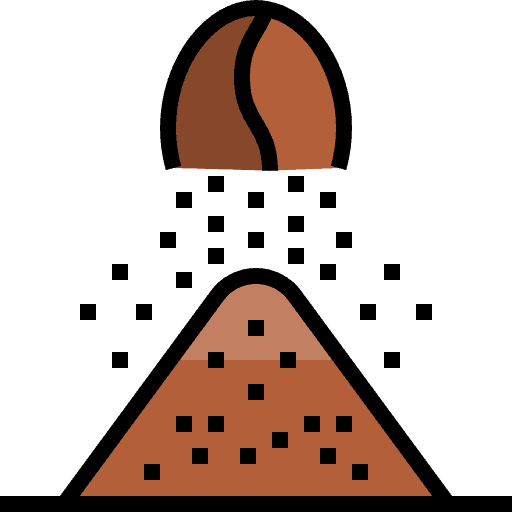
So, why do we even grind coffee in the first place? Why can’t we just make a cup of joe by shoving a bunch of beans in some hot water for a little while and be done with it?
Quite simply, coffee beans don’t like to give up their goods very easily. Most of the organic compounds of a coffee bean are insoluble, which means they don’t dissolve in water. Grinding coffee beans into smaller particles makes it easier to extract the soluble contents of the bean, and thus, produce a flavorful and satisfying cup of coffee.
However, different brewing methods require different coffee grind sizes in order to extract our preferred soluble compounds properly. The reason why these methods require varying grind sizes is because the grounds interact with water in different ways and for different lengths of time.

Even if you get your water temperature and your brewing time absolutely correct, an inconsistent grind size can cause your coffee to taste under or over-extracted and leave you feeling utterly defeated in your quest for the perfect cup.
This happens because grounds of different sizes extract at different rates, so brewing with an unevenly ground ratio of coffee to water can just as bad as brewing perfectly ground coffee for too little or too long.
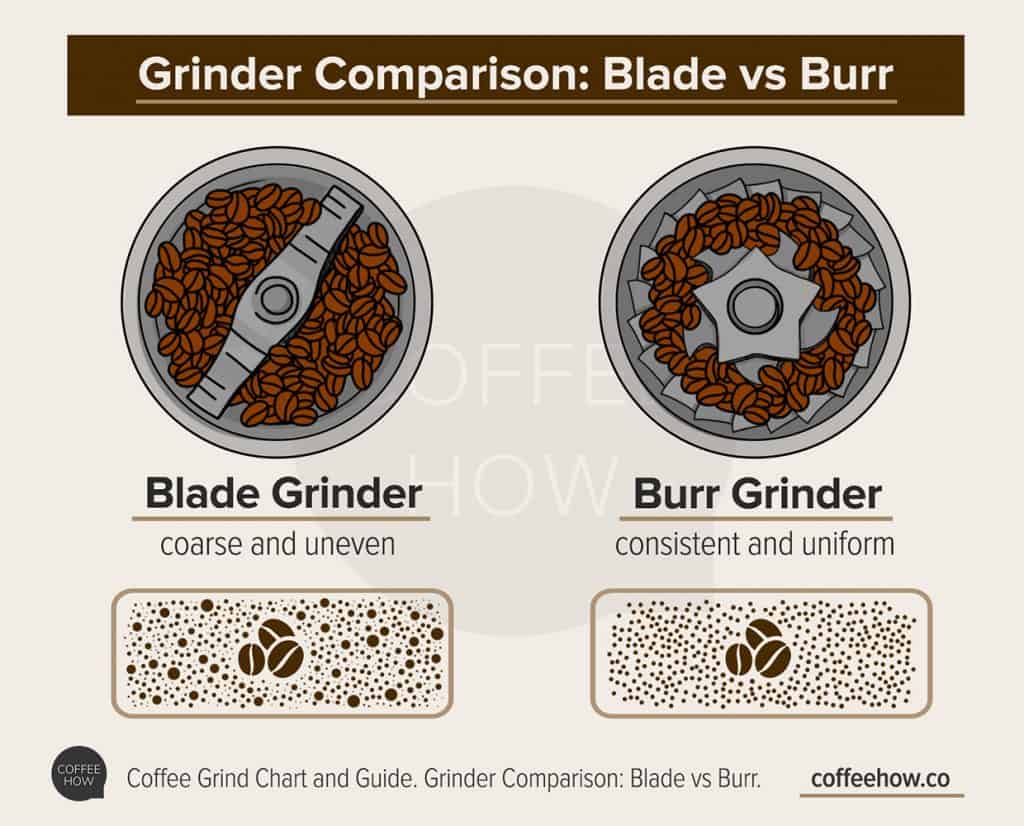
So how do the professionals do it, then? How do world championship baristas master the art of a precisely brewed cup of coffee?
They use the best grinder their money can buy.
Now, that price tag can be quite a shocker if you’ve never shopped for grinders before. Even a small, manual grinder can cost a pretty penny. It can be tempting for the entry-level, at-home barista to pick something less expensive and fully motorized. And, it’s possible to get a passable cup of coffee with the kind of coffee grind sizes those produces.
However, understanding what kind of grinder is best for the type of brewing method you prefer is going to be necessary for your pursuit of consistently good coffee.
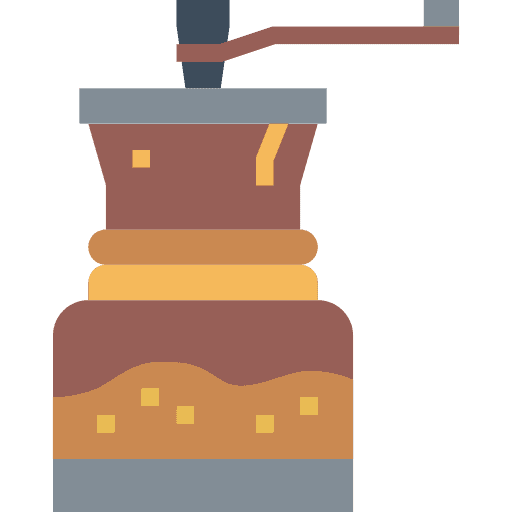
Conventionally speaking, every coffee enthusiast who has done their research will tell you to get a burr grinder. They’re not wrong. Flat or conical, burr grinders quite literally chew through whole beans until they’re ground down to the desired size.
Compared side-by-side, most connoisseurs will choose the conical style of burr grinder of the flat whether it’s a manual or motorized grinder. Once the desired grind size is set — which determines how far apart the teeth of each burr are from one another — the conical burrs allow ground coffee to drop into the connected receptacle, thus eliminating the chance of over-grinding coffee particles.
Flat burrs aren’t so lucky. Pieces of ground coffee can get stuck in the grooves of the burrs and taint future grinds if they’re not cleaned out properly between grinds.
The heavy-duty grinders you see in coffee shops are all likely to be conical burr style grinders. Busy shops will have two or more — each one dialed to grind for the most popular brewing methods, such as fine for an espresso grind size, medium for a drip coffee grind, or more coarse for a French press grind size.
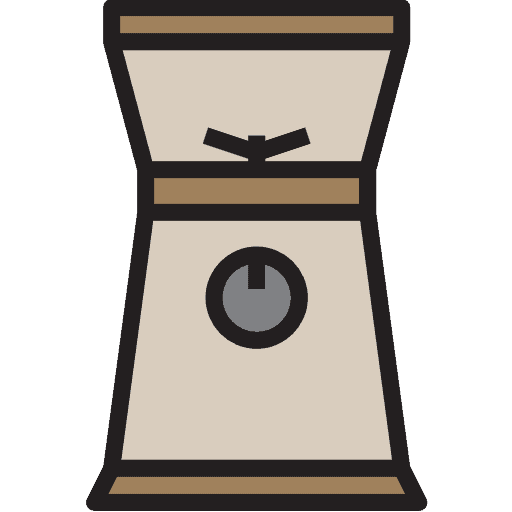
I’ll let you in on a little secret. Freshly ground coffee can taste amazing even with a blade-style grinder.
It’s a definitive truth that a conical burr grinder produces the most consistent results, but if you can’t afford a durable burr grinder, if you don’t have the space for one, or if you have mobility issues that make hand-cranking a manual burr grinder out of the question — don’t be afraid of buying an electric blade grinder.
The simple fact of the matter is that freshly ground coffee tastes way better than pre-ground bagged coffee. Unless you’re doing test-runs for a barista competition, you can make do with a blade grinder and not lose any pride in the cup of coffee you brew with those grounds even if they are a little inconsistent.
The best way to get the most consistency possible with a blade grinder is to pulse your whole beans in manageable batches that don’t overcrowd the grinding chamber. If you stick with 10-second pulses and check the consistency of the grind in between each pulse, you’ll get decent results.
You can definitely depend on a blade grinder for a coarse French press grind size or more traditional drip coffee grind, but an espresso grind size may be harder to achieve. The steam-powered extraction method it uses requires precision and consistency not often available with a blade grinder.
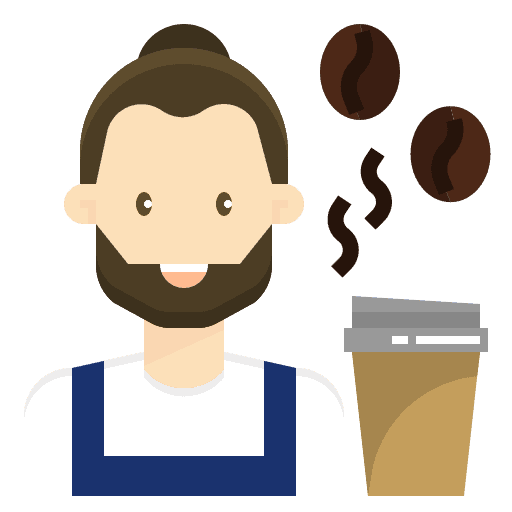
Grind size is only the beginning. In order to make sure your fresh cup of coffee tastes good, you have to pair the correct grind size with the optimal brewing time and water temperature.
The basic rule of thumb is that the smaller the grind size is, the shorter the brewing time should be. The brewing methods for finely ground coffee require quick work or else they risk over-extraction.
Under-extraction is much more likely with medium and coarse ground coffee. Certain electrical brewers, like most automatic drip-brew machines (regular coffee makers) and plug-in percolators, are calibrated to execute their brewing cycle according to industry standards. That’s typically 3-5 minutes depending on the volume of coffee they’re producing.
On the other hand, something like a cold brew method needs hours in order to reach optimal extraction because not only is the water room temperature or cold, but the grind is extremely coarse.
Studies tend to agree that most hot-water brewing processes should be conducted with a water temperature between 195-205 degrees Fahrenheit. Championship competitions will see baristas experimenting with precise temperatures within this range, but most at-home brewers will have good results with anything that falls somewhere in the middle of the minimum and maximum.
If you’re depending on an automatic drip-brew machine for your cup of coffee, like a Keurig or a Ninja, you can check their manufacturer’s manual for any notes on average water temperature. Keep in mind that once the brewed coffee reaches your cup, it begins to cool rapidly. Measuring the temp once the entire cup has been brewed will not be an exact measure of the water’s temperature while it was brewing.
As we mentioned above, rules like this go right out the window for cold brew methods. There, the science depends on the length of time the coarse coffee grind size spends in water. Most recipes suggest a minimum of 8-12 hours, but if you’re putting it in the fridge while brewing, you will probably enjoy better results with a 24-hour brew time.
Coffee is under-extracted when it has not been brewed long enough to draw out all of the water-soluble flavor components we’ve come to know and love in a good cup of coffee.
What this leaves us with is a drink that tastes sour or sharp on the tongue, that lacks a certain well-rounded sense of sweetness that’s pleasant to taste rather than makes you pucker your lips and back away from the cup.
Some even describe under-extracted coffee as salty or having a quick finish. A flavor of a good cup of coffee tends to linger for several minutes.
As you can imagine, over-extracted coffee has instead been brewed too long. Those same water-soluble components that are missing in an under-extracted cup are now all too present.
The taste of over-extraction is frequently described as bitter, which should not be confused with the pleasant acidic tang of a well-brewed cup that hasn’t been sweetened with sugar. This bitterness is an almost chemical-like flavor.
Those flavorful compounds we love so much when treated with care become drying and astringent in an over-extracted brew. The finish is also often called hollow or empty, devoid of any character that leaves a tasty impression on the tongue.

Understanding the subtle differences between grind sizes may come with time. You can judge grind sizes by both sight and texture, so don’t be afraid to break out your grinder and experiment with achieving different sizes so you know what to look for when you’re ready to brew.
